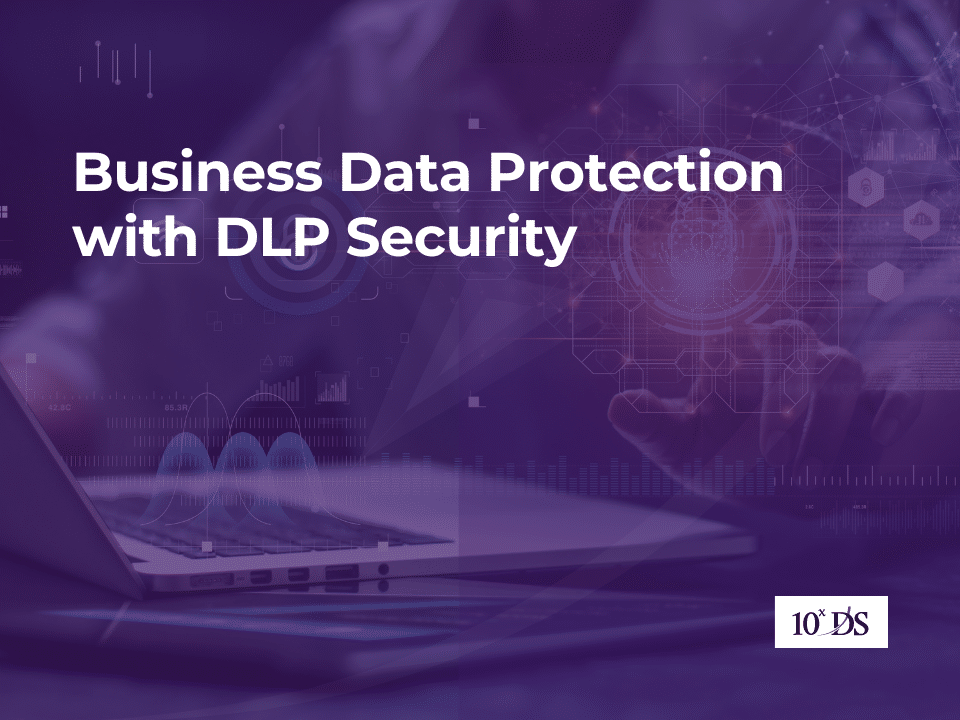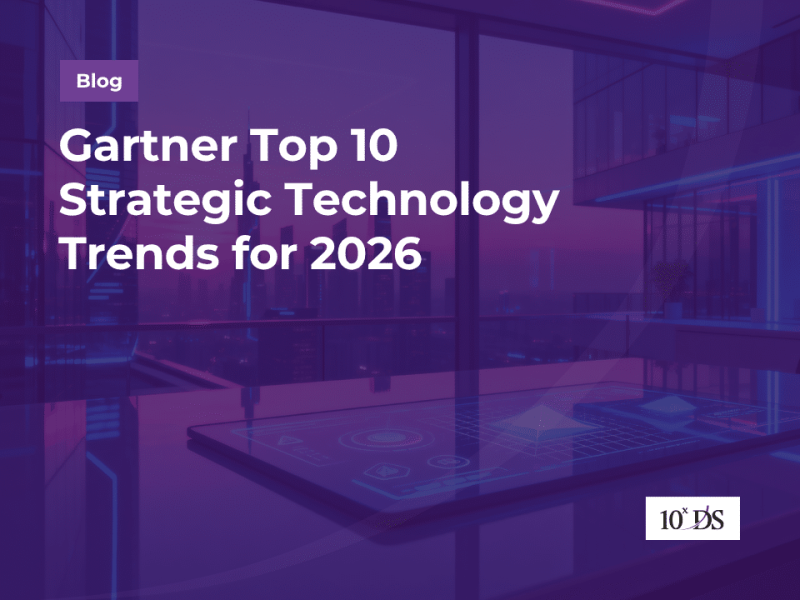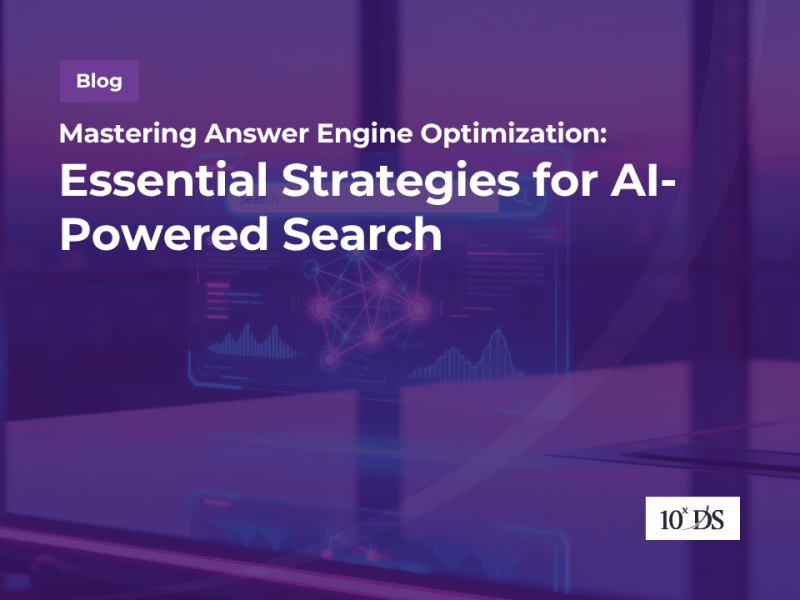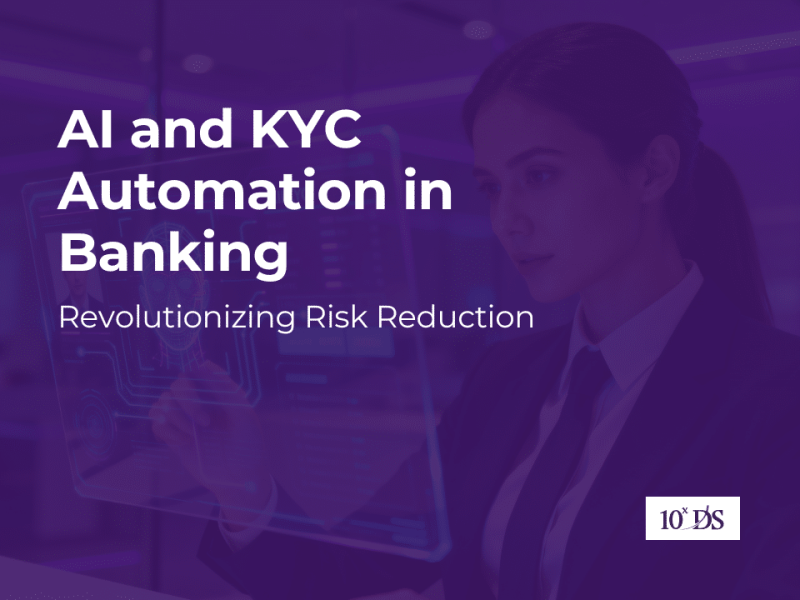
Business Data Protection with DLP Security
Today’s world is an interconnected digital landscape where cloud computing, remote work arrangements, and digitized workflows have become integral to day-to-day business operations. Among the defences that organizations rely on for critical cybersecurity measures is Data Loss Prevention (DLP), a stalwart guardian tasked with safeguarding confidential information from unauthorized access, leaks, or breaches.
Data Loss Prevention, or DLP, represents a sophisticated approach to cybersecurity. It is designed to monitor, detect, and protect sensitive data—such as intellectual property, financial data, and personal information—from potential breaches and data leakage, regardless of its location—whether on-premises servers, in cloud applications, or during transmission.
Why is DLP a necessity?
Beyond protection against data breaches and leaks, which is its primary benefit, DLP solutions plays a proactive role in enforcing compliance with various global regulatory frameworks such as NIST, PCI DSS, ISO 27001, CCPA, HIPAA, SOX, GLBA, GDPR, etc by safeguarding sensitive information, ensuring data security measures, protecting personal and financial data and facilitating regulatory compliance. It plays a crucial role in safeguarding intellectual property by ensuring that only authorized personnel can access sensitive information like product blueprints or manuscripts, thereby maintaining a competitive edge.
In the evolving workspace, DLP adapts seamlessly to modern work environments, including remote work and BYOD (Bring Your Own Device) policies, offering consistent protection no matter how or where data is accessed. Financially, the implementation of DLP is a prudent investment, potentially saving organizations from the exorbitant costs associated with data breaches. In essence, DLP is an indispensable component of a robust data security strategy, offering multifaceted protection that spans regulatory compliance, intellectual property security, and financial prudence.
Strategic implementation of a DLP solution is crucial for meeting data protection needs and enhancing overall cybersecurity resilience. This involves starting with a risk assessment, classifying your data, developing clear DLP policies, educating and training employees, monitoring and reviewing activities, ensuring seamless integration with other security solutions, staying updated with compliance requirements, and leveraging advanced technologies such as machine learning, artificial intelligence, and automation.
Different types of DLP Solutions
Having a basic idea about DLP solutions helps you to choose the appropriate approach to safeguard their data effectively and implement the most effective strategies to safeguard their data.
- On-premises DLP: This traditional deployment aligns with the castle-and-moat security model, offering comprehensive control over data within office locations.
- Cloud-native DLP: Ideal for the modern, flexible workforce, this solution provides enhanced speed and performance for cloud and web applications, supporting the work-from-anywhere model.
- Endpoint DLP: Focuses on monitoring and controlling data on devices, preventing unauthorized copying or transmission of data through unsecured channels.
- Network DLP: Targets data in transit, scrutinizing information traveling over the network to ensure it does not leave the network unauthorized.
- Cloud DLP: Protects data within cloud services such as SaaS and IaaS platforms, ensuring continuous control over sensitive data stored and processed in the cloud.
- Email DLP: Enforces data security policies for outbound emails, preventing sensitive information from being sent outside the organization.
To understand better, let’s consider a real-world example:
A healthcare provider maintains electronic health records (EHRs) on a secure database (protected by Data-at-Rest DLP). A doctor needs to access patient records on a tablet while visiting patients in different hospital wards (Endpoint DLP ensures the data is safe in use). The doctor attempts to transfer a patient’s medical history to a specialist via a messaging app (Network DLP scans the message content, identifies the sensitive information, and either blocks the message or encrypts the data). This multi-layered approach of different DLP types works together to ensure that data is protected at all stages, providing a holistic security umbrella against potential breaches and unauthorized access.
Key Components of DLP Security
Below listed components play a critical role in a comprehensive DLP strategy
1. Data Identification and Classification
- Data Discovery: This involves scanning an organization’s digital landscape to locate sensitive information. This process can cover on-premises storage, cloud environments, databases, and endpoints. Effective data discovery helps in understanding where sensitive data resides, who has access to it, and how it is being used.
- Data Classification: Once discovered, data needs to be classified based on its sensitivity and importance. This can involve categorizing data into different types such as personal information, financial records, intellectual property, and more. Classification tags data with specific labels (e.g., confidential, internal use only) which then guide how data is handled, accessed, and protected.
2. Policy Creation and Enforcement
- Policy Creation: DLP policies are rules and protocols that define how data should be handled and protected. These policies should be customizable to meet the specific needs of the organization. Policies can be based on regulatory requirements, industry standards, and internal security guidelines.
- Policy Enforcement: Automated enforcement ensures that these policies are consistently applied across all data and user activities. This might include blocking unauthorized access, preventing data transfers, and encrypting sensitive data. Automation reduces the risk of human error and ensures real-time protection.
3. Monitoring and Reporting
- Real-time Monitoring: Continuous monitoring of data activities is crucial for identifying potential security incidents as they happen. This involves tracking data movement, access patterns, and user behaviours to detect anomalies and potential threats.
- Incident Reporting: Effective DLP solutions provide detailed reports on security incidents, including who accessed or tried to move sensitive data, when and where it happened, and what actions were taken. Reporting tools help in analyzing incidents, understanding trends, and improving overall security posture.
4. Incident Response and Management
- Alerting Mechanisms: When a policy violation or security incident is detected, the DLP system should have robust alerting mechanisms to notify the relevant stakeholders. Alerts can be configured to different levels of urgency based on the severity of the incident.
- Response Protocols: Having predefined response protocols is essential for effectively managing security incidents. This includes steps for containment, investigation, remediation, and recovery. An effective incident response plan helps in minimizing the impact of data breaches and prevents recurrence.
Technology Trends in DLP
The future of Data Loss Prevention (DLP) is poised at the intersection of evolving threats and innovative solutions. As AI and machine learning advance, DLP systems will harness these technologies to detect anomalies in real-time and predict potential threats with greater accuracy. The shift towards remote work has intensified insider threats, necessitating DLP solutions that are adaptable to decentralized environments while maintaining robust vigilance. Securing data in multi-cloud environments will become increasingly complex, demanding enhanced cloud security measures integrated into DLP frameworks. The proliferation of IoT and edge computing devices underscores the need for DLP solutions capable of safeguarding data across diverse network endpoints. Moreover, the advent of quantum computing necessitates future-proofing DLP with quantum-resistant encryption techniques. Amidst stricter regulations, agile DLP strategies will be essential for compliance with evolving data protection laws. Looking ahead, unified data protection platforms integrating DLP, endpoint protection, and threat intelligence will likely emerge as the cornerstone of comprehensive cybersecurity frameworks, ensuring holistic defence against emerging threats.
Conclusion
Implementing DLP security is essential for protecting business data in a digital world. By understanding the key components, benefits, and best practices for DLP, businesses can safeguard sensitive information, comply with regulations, and mitigate risks effectively. Investing in robust DLP solutions and fostering a culture of security awareness among employees are crucial steps towards comprehensive data protection. Talk to our Cybersecurity experts to learn more.


